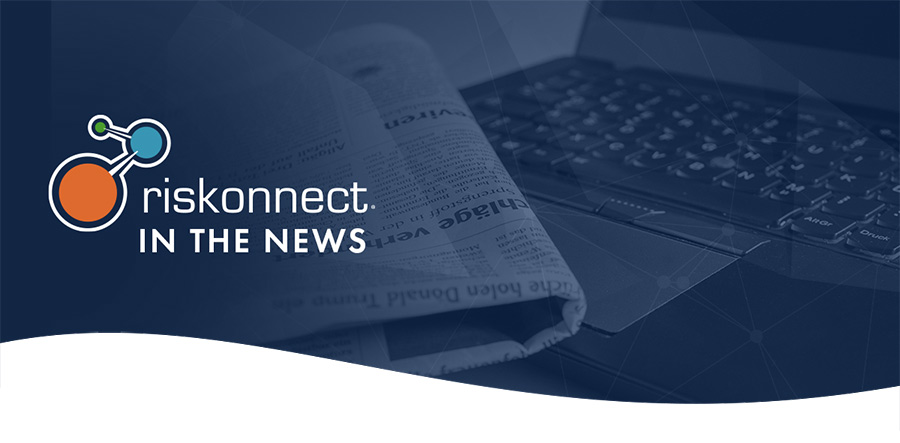By Jim Wetekamp, CEO of Riskonnect
Published by Future of Sourcing, May 30, 2022
Most businesses didn’t anticipate having to handle the supply-chain impacts of several disruptive forces at once: an ongoing pandemic, a severe crunch for talent, and Russia’s invasion of Ukraine.
Pandemic-driven shortages are still in full swing. New COVID outbreaks in China are slowing the flow of goods into the U.S. The ongoing mass exodus of supply chain and logistics workers continues to make it difficult for companies to keep up with demand. Russia’s invasion of Ukraine compounds these challenges. Economic sanctions from Western countries are driving up global logistics costs and lead times, exacerbating supply shortages.
The odds of so many risk events coalescing are seemingly low. But the past few years have shined a spotlight on the interplay of risks. Every big risk event weakens you for any subsequent event, amplifying the damage and disruption.
What Could Come Next?
Europe is facing its worst migrant crisis since World War II as Ukrainian refugees flee to Poland and other neighboring countries. The rippling economic effects could tack onto current supply-chain pressures. The prospect of disruptive cyberattacks is also becoming more likely. Ransomware actors are focusing their attention on manufacturers’ supply chains, threatening to cripple already strained operations and undermine national security. At the same time, climate change and an uptick in damaging extreme weather events are threatening supply-chain resilience. Coastal flooding due to rising sea levels can lead to port closures, facility shutdowns and other logistical challenges.
No matter what risk events lie in wait, there are ways to lessen the potential impact and speed your response time.
How to Act Now
Read on for three steps you can take today to bolster your supply-chain risk management capabilities.
Read the full article in Future of Sourcing >>


